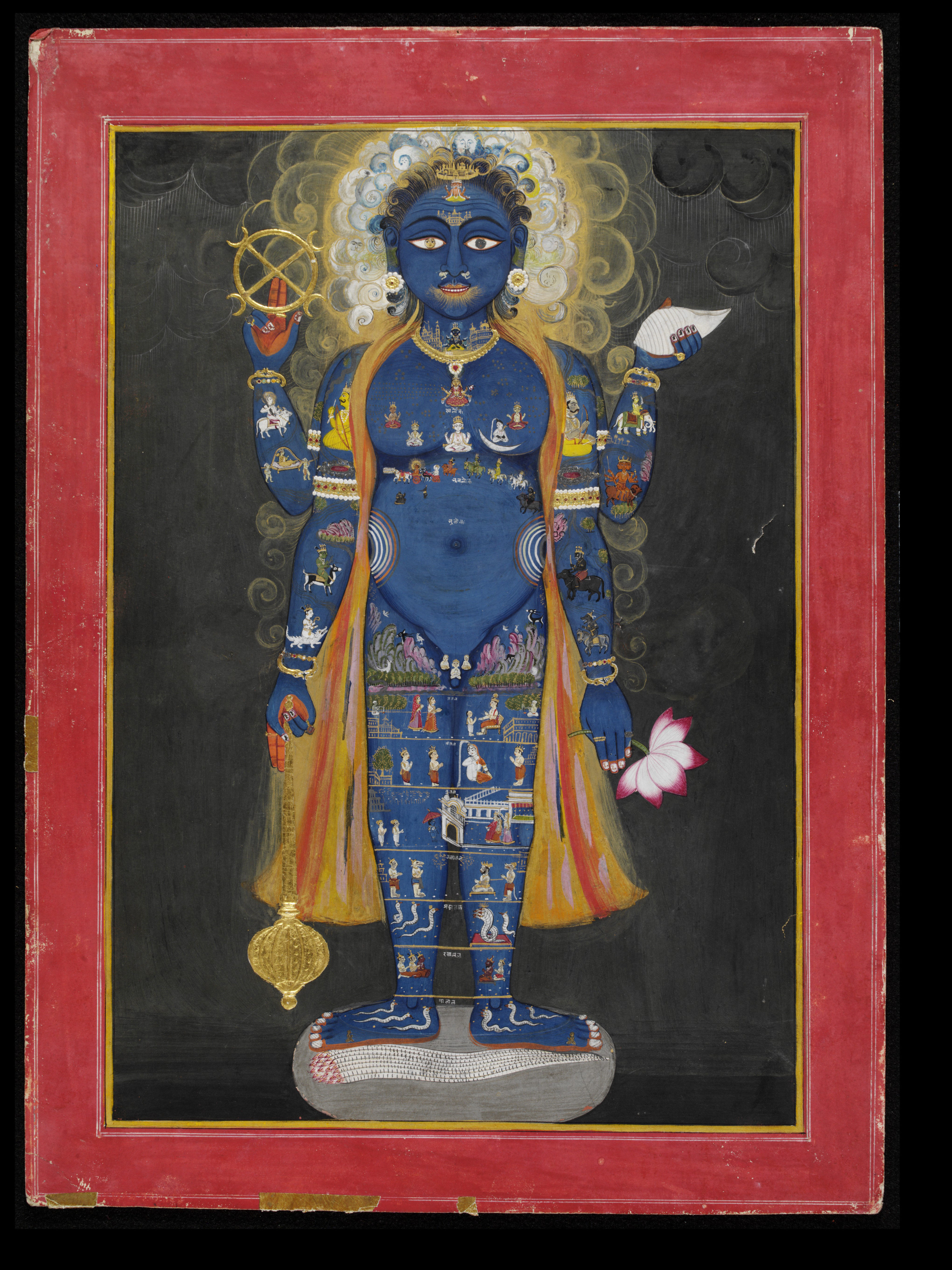|
Jane Leade
Jane Lead (; March 1624 – 19 August 1704) was a Christian mystic born in Norfolk, England, whose spiritual visions, recorded in a series of publications, were central in the founding and philosophy of the Philadelphian Society in London at the time. Early life Jane Ward was born in about February or March 1624, the twelfth and youngest child of Hamond Ward, a rich landed gentleman, of Letheringsett Hall, and his wife Mary Calthorpe, a daughter of Sir James Calthorpe of Cockthorpe. She was christened on 9 March 1624 at St Andrew's Church, Letheringsett, Norfolk.Michael Martin, Literature and the Encounter with God in Post-Reformation England (2016), p. 156 She had a comfortable upbringing in a prosperous family. At the age of fifteen, during a family Christmas party she was gripped by a "sudden grievous sorrow" claimed to have heard an angelic whisper urging her "Cease from this, I have another Dance to lead thee in; for this is Vanity". Although she vowed to do so, ... [...More Info...] [...Related Items...] OR: [Wikipedia] [Google] [Baidu] |
Christian Mysticism
Christian mysticism is the tradition of mystical practices and mystical theology within Christianity which "concerns the preparation f the personfor, the consciousness of, and the effect of ..a direct and transformative presence of God" or divine ''love''. Until the sixth century the practice of what is now called mysticism was referred to by the term ''contemplatio'', c.q. ''theoria'', from '' contemplatio'' (Latin; Greek θεωρία, ''theoria''), "looking at", "gazing at", "being aware of" God or the divine.William Johnson, ''The Inner Eye of Love: Mysticism and Religion'' (HarperCollins 1997 ), p. 24 Christianity took up the use of both the Greek (''theoria'') and Latin (''contemplatio'', contemplation) ... [...More Info...] [...Related Items...] OR: [Wikipedia] [Google] [Baidu] |
John Pordage
John Pordage (1607–1681) was a Church of England priest, astrologer, alchemist and Christian mystic. He founded the 17th-century English Behmenist group, which would later become known as the Philadelphian Society when it was led by his disciple and successor, Jane Lead. Early life John Pordage was the eldest son of Samuel Pordage (d. 1626), grocer, by his wife Elizabeth (), and was born in the parish of St Dionis Backchurch, London, and baptised on 21 April 1607. He matriculated as a pensioner at Pembroke College, Cambridge, in 1623, and received his B.A. in 1626. Religious controversy and medical practice On 18 January 1633, Pordage married the widow Mary Freeman at St Gregory by St Paul's Church, London.Hessayon, "Pordage" In London, Pordage soon attracted notoriety for his unusual religious conceptions. In 1634, it was reported that “One Pordage broches new-fangled opinions concerning the signes, that No Man can trie himself by them, but was to stay by for an over-p ... [...More Info...] [...Related Items...] OR: [Wikipedia] [Google] [Baidu] |
Moravian Church
The Moravian Church, or the Moravian Brethren ( or ), formally the (Latin: "Unity of the Brethren"), is one of the oldest Protestant denominations in Christianity, dating back to the Bohemian Reformation of the 15th century and the original Unity of the Brethren () founded in the Kingdom of Bohemia, sixty years before Martin Luther's Reformation. The church's heritage can be traced to 1457 and the Lands of the Bohemian Crown, which included Bohemia, Moravia, Silesia, and previously the Hussite movement against several practices and doctrines of the Catholic Church. Its name is derived from exiles who fled from Moravia to Saxony in 1722 to escape the Counter-Reformation, establishing the Christian community of Herrnhut. Hence, it is also known in German as the ("Unity of Brethren f Herrnhut). The modern has about one million members worldwide, continuing their tradition of missionary work, such as in the Americas and Africa, which is reflected in their broad g ... [...More Info...] [...Related Items...] OR: [Wikipedia] [Google] [Baidu] |
Radical Pietism
Radical Pietism are those Ecclesiastical separatism, Christian churches who decided to break with denominational Lutheranism in order to emphasize certain teachings regarding holy living. Radical Pietists contrast with Church Pietists, who chose to remain within their Lutheran denominational settings. Radical Pietists distinguish between true and false Christianity and hold that the latter is represented by established churches. They separated from established churches to form their own Christian denominations. Radical Pietism emphasizes the need for a "religion of the heart" instead of the head, and is characterized by Virtue, ethical purity, inward Worship, devotion, Charity (practice), charity, and asceticism. Leadership emphasized the sanctification in Christianity, sanctification of adherents instead of sacramentalism. The Pietistic movement developed in Germany, led by those who believed a deeper emotional experience was incompatible with what they saw as a preset adherence t ... [...More Info...] [...Related Items...] OR: [Wikipedia] [Google] [Baidu] |
Camisard
Camisards were Huguenots (French Protestants) of the rugged and isolated Cévennes region and the neighbouring Vaunage in southern France. In the early 1700s, they raised a resistance against the persecutions which followed Louis XIV's Revocation of the Edict of Nantes, making Protestantism illegal. The Camisards operated throughout the mainly Protestant Cévennes and Vaunage regions including parts of the Camargue around Aigues Mortes. The revolt broke out in 1702, with the worst of the fighting continuing until 1704, then skirmishes until 1710 and a final peace by 1715. The Edict of Tolerance was not finally signed until 1787. Etymology The name in the Occitan language may derive from a type of linen smock or shirt known as a ''camisa'' (chemise) that peasants wear in lieu of any sort of uniform. Alternatively, it might come from the , meaning paths (chemins). , in the sense of "night attack", is derived from a feature of their tactics. History In April 1598, Henry IV ... [...More Info...] [...Related Items...] OR: [Wikipedia] [Google] [Baidu] |
Soul
The soul is the purported Mind–body dualism, immaterial aspect or essence of a Outline of life forms, living being. It is typically believed to be Immortality, immortal and to exist apart from the material world. The three main theories that describe the relationship between the soul and the body are Interactionism (philosophy of mind), interactionism, Psychophysical parallelism, parallelism, and epiphenomenalism. Anthropology, Anthropologists and Psychology, psychologists have found that most humans are naturally inclined to believe in the existence of the soul and that they have interculturally distinguished between souls and bodies. The soul has been the central area of interest in philosophy since Ancient history, ancient times. Socrates envisioned the soul to possess a rational faculty, its practice being man's most godlike activity. Plato believed the soul to be the person's real self, an immaterial and immortal dweller of our lives that continues and thinks even after d ... [...More Info...] [...Related Items...] OR: [Wikipedia] [Google] [Baidu] |
Holy Spirit
The Holy Spirit, otherwise known as the Holy Ghost, is a concept within the Abrahamic religions. In Judaism, the Holy Spirit is understood as the divine quality or force of God manifesting in the world, particularly in acts of prophecy, creation and guidance. In Nicene Christianity, this conception expanded in meaning to represent the third person of the Trinity, co-equal and co-eternal with God the Father and God the Son. In Islam, the Holy Spirit acts as an agent of divine action or communication. In the Baha’i Faith, the Holy Spirit is seen as the intermediary between God and man and "the outpouring grace of God and the effulgent rays that emanate from His Manifestation". Comparative religion The Hebrew Bible contains the term " spirit of God" (') which by Jews is interpreted in the sense of the might of a unitary God. This interpretation is different from the Nicene Christian conception of the Holy Spirit as one person of the Trinity. The Christian concept ten ... [...More Info...] [...Related Items...] OR: [Wikipedia] [Google] [Baidu] |
Nonduality (spirituality)
Nondualism includes a number of philosophical and spiritual traditions that emphasize the absence of fundamental duality or separation in existence. This viewpoint questions the boundaries conventionally imposed between Self, self and other, mind-body dualism, mind and body, Subject and object (philosophy), observer and observed, and other dichotomies that shape our perception of reality. As a field of study, nondualism delves into the concept of nonduality and the state of nondual awareness, encompassing a diverse array of interpretations, not limited to a particular cultural or religious context; instead, nondualism emerges as a central teaching across various belief systems, inviting individuals to examine reality beyond the confines of dualistic thinking. Nondualism emphasizes direct experience as a path to understanding. While Intellectualism, intellectual comprehension has its place, nondualism emphasizes the Spiritual transformation, transformative power of firsthand e ... [...More Info...] [...Related Items...] OR: [Wikipedia] [Google] [Baidu] |
Panentheism
Panentheism (; "all in God", from the Greek , and ) is the belief that the divine intersects every part of the universe and also extends beyond space and time. The term was coined by the German philosopher Karl Krause in 1828 (after reviewing Hindu scripture) to distinguish the ideas of Georg Wilhelm Friedrich Hegel (1770–1831) and Friedrich Wilhelm Joseph Schelling (1775–1854) about the relation of God and the universe from the supposed pantheism of Baruch Spinoza.John Culp (2013)"Panentheism" in the ''Stanford Encyclopedia of Philosophy''. Retrieved 18 March 2014. Unlike pantheism, which holds that the divine and the universe are identical, panentheism maintains an ontological distinction between the divine and the non-divine and the significance of both. In panentheism, the universal spirit is present everywhere, which at the same time " transcends" all things created. Whilst pantheism asserts that "all is God", panentheism claims that God is greater than the unive ... [...More Info...] [...Related Items...] OR: [Wikipedia] [Google] [Baidu] |
A Fountain Of Gardens
A, or a, is the first letter and the first vowel letter of the Latin alphabet, used in the modern English alphabet, and others worldwide. Its name in English is '' a'' (pronounced ), plural ''aes''. It is similar in shape to the Ancient Greek letter alpha, from which it derives. The uppercase version consists of the two slanting sides of a triangle, crossed in the middle by a horizontal bar. The lowercase version is often written in one of two forms: the double-storey and single-storey . The latter is commonly used in handwriting and fonts based on it, especially fonts intended to be read by children, and is also found in italic type. In English, '' a'' is the indefinite article, with the alternative form ''an''. Name In English, the name of the letter is the ''long A'' sound, pronounced . Its name in most other languages matches the letter's pronunciation in open syllables. History The earliest known ancestor of A is ''aleph''—the first letter of the Phoenician ... [...More Info...] [...Related Items...] OR: [Wikipedia] [Google] [Baidu] |
English Restoration
The Stuart Restoration was the reinstatement in May 1660 of the Stuart monarchy in Kingdom of England, England, Kingdom of Scotland, Scotland, and Kingdom of Ireland, Ireland. It replaced the Commonwealth of England, established in January 1649 after the execution of Charles I, with his son Charles II of England, Charles II. The Commonwealth of England had been governed by Lord Protector Oliver Cromwell and then his son Richard Cromwell. The term is also used to describe the reign of Charles II (1660–1685), and sometimes that of his younger brother King James II, James II (1685–1688). The Protectorate After Richard Cromwell, Lord Protector from 1658 to 1659, ceded power to the Rump Parliament, Charles Fleetwood and John Lambert (general), John Lambert then dominated government for a year. On 20 October 1659, George Monck, the governor of Scotland under the Cromwells, marched south with his army from Scotland to oppose Fleetwood and Lambert. Lambert's a ... [...More Info...] [...Related Items...] OR: [Wikipedia] [Google] [Baidu] |






